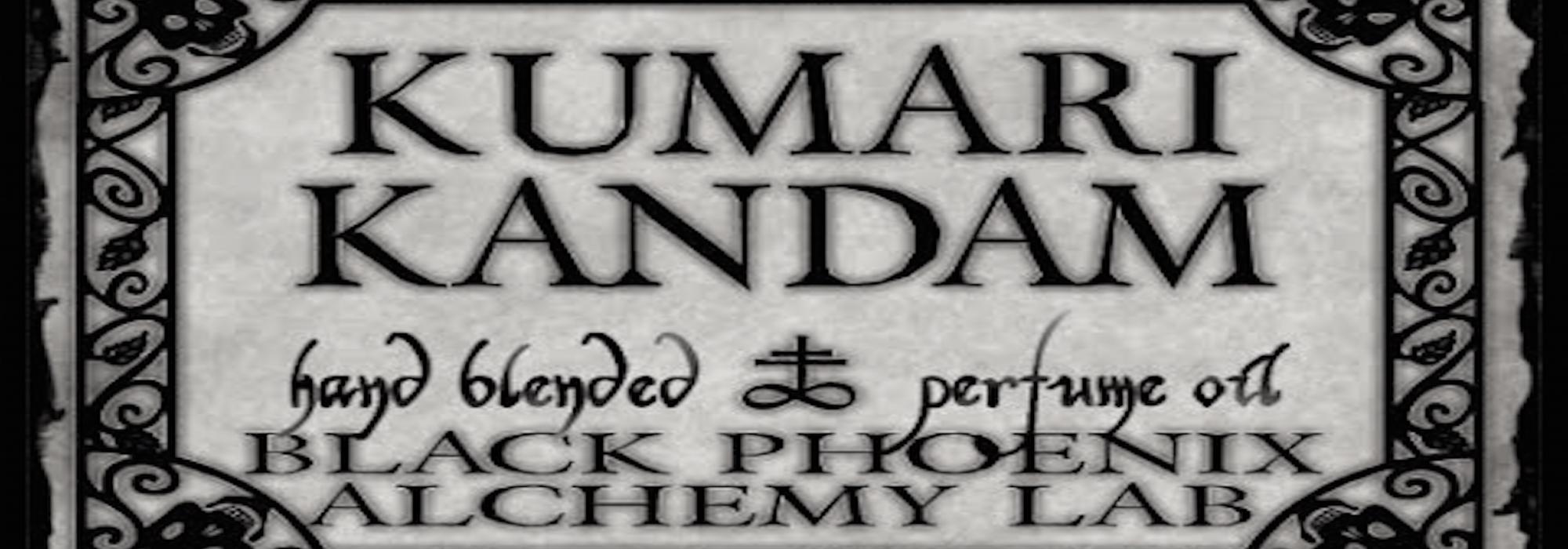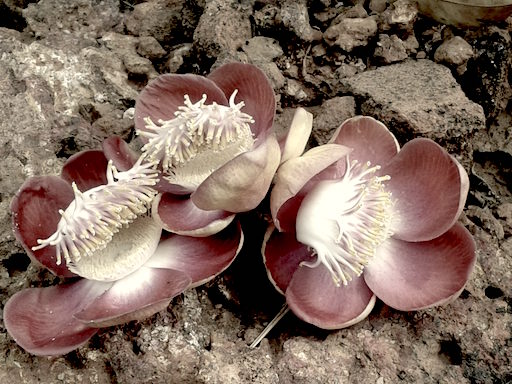An Advisory Committee was formed by the Government to document and publish “The Official History of the Tamils” in ten volumes. It doesn’t need to be explicitly stated that the Government exercised utmost care in selecting the members. Dr. BGL Swamy recalls that Tamil writers like Cheeni Venkataswami, Pandit Natesan and others were part of the committee. The history lecturer of Presidency College and two or three lecturers teaching other subjects had also adorned that committee as members. Other members were Government employees and businessmen. He describes these folks thus:
All these eminences had been born in Tamil Nadu, inherited pure Tamil genes, breathed the pure Tamil air, drank the pure Tamil water, and displayed chaste Tamilness.
There was a vacancy for a person who had to supervise routine work according to schedule. The qualifications required for this position says Dr. Swamy, included the following:
- The position was reserved for people from the Backward Classes. This was Government policy.
- It was preferable that the candidate had an M A in History.
- The applicant must already have a permanent job in any Government department.
- The applicant must have expert knowledge in the Tamil language. He must have the ability to carry out letter correspondence.
Three lecturers possessed all these four qualifications. But then, none of them wanted to opt for this higher position at their existing salary structure. Actually, the job of a college lecturer was pretty enticing because it was extremely comfortable. Plenty of leaves. Saturday is a holiday. If some student or teaching or administrative staff died, there was a holiday—but if such death occurred on a Sunday or an official holiday, the next Monday (or working day) was a holiday. If the students of his college won against their counterparts in another college in some tournament, holiday was declared. Heavy rains=holiday. If students went on a strike, the entire period until they called it off, was counted as a holiday. Then those leaves which were taken after duly applying for them as well as those that weren’t applied for. And the vacations that happened to intervene were also holidays. Sheer luxury.
Given all this, why would anyone agree to leave this position and join a job which required them to actually “work” throughout the year?
If you stayed back in the college as a lecturer, you could make significant extra money as an examiner in the University examinations conducted each year at different intervals. Equally, you could also earn substantial sums by teaching “private” lessons to students at home. None of these opportunities were available in the aforementioned new post. Therefore, says Dr. Swamy, no lecturer in the college came forward to take up the new job.
Finding no other alternative, the Government dangled another carrot: an extra four hundred rupees over and above the designated salary. Instantly, the three eminences in Dr. Swamy’s college fought with one another, now vying for the position. Ultimately, the Government selected the one who belonged to the “most” Backward Class among the three. Besides, he also bore the crown of being the most senior.
In the first meeting of the Committee, the discussion began: who should be assigned what topic by whom. This spilled over to the second day as well. Ultimately, they evolved a few guidelines. Dr Swamy says that these guidelines continue to remain a huge mystery. But based on what followed, some deductions were made. The Committee accepted the qualifications of the new Supervisor and made some minor changes.
Examples:
- The qualification of an author need not be judged by a University degree. All that was needed was an exercise of Government control over him in some form or the other.
- He must “not eat the Government’s salt and backstab it.”
- More than a command over the subject, he “must be an expert at using the Tamil language powerfully and creatively.”
- He must never have any sort of contact with the Aryans.
Dr Swamy then narrates that he had no idea how the Committee classified the subjects into ten volumes. The First Volume was reserved for the “Pre-history of the Tamils,” which was eventually published in 1975 as “Tamizh Nadu Varalaru: The Pre-Historical Age.”
Dr Swamy was unaware of what the Committee titled the Second Volume as. He deduces that it contained such topics as the flora and fauna, minerals, and other natural resources of Tamil Nadu.
In this context, Dr. Swamy narrates an anecdote of how on a fine day, the Supervisor came to him.
I was stunned for a bit. His demeanour reeked of newly-acquired authority complete with his Terylene suit, imported shirt and tie, and the deliberately-shaped moustache and beard. And the cultivated haughtiness towards the poor assistant who followed him everywhere. After baring his teeth four times and saluting me with “vanakkam” [Namaste], he sat down.
“Shaar [Sir], you must please write a scholarly essay on Tamil Nadu’s flora.”
Now a different kind of shock struck me. I asked:
“Apparently you consider and follow some guidelines before choosing an author, right? Apart from having this Government, I don’t fit any of these guidelines! You could find another author who’s more suitable for your purposes, right?”
“There’s nobody else, Shaar. We wrote to the Government that only you are suitable for this. They have granted permission.”
“See, I speak purely from the perspective of Science. Please don’t mistake me. Kindly listen with your full attention. Do not indulge in propaganda…it is not correct to divide plants as Tamil plants, Telugu plants, Kannada plants, etc. The vegetation of all these regions more or less belong to the same environment. This statement applies in varying degrees almost to the entire South India…”
“In which case do you mean to say that just as how the Tamils are unique in the whole world, there’s nothing like a unique Tamil flora?”
“As far as I know, no.”
He got up and left without a word.
Dr Swamy then learned that this eminence approached another author with the same proposal. This author agreed to write. The Supervisor then informed the news to Dr. Swamy who said, “please go ahead, let him write it.”
This author’s knowledge of botany was restricted to having studied it some twenty years ago as part of his graduation syllabus. He later took up a job in some Government department. Says Dr. Swamy, “I deeply appreciated his guts.”
Here’s how that essay shaped up.
The author listed the names of all the plants, trees, and creepers mentioned in old Tamil literature. Lo and behold, they were bestowed with the Tamil uniqueness! But then they were mere names, which had no details of genus, physical and other characteristics, etc. There was no taxonomy to identify which plant belonged to which family. In any case, the author randomly paired a “Tamil plant” name with a corresponding Latin name.
The essay was ready for publication.
What happened next is best read in Dr. Swamy’s own words.
To my misfortune, a draft of this essay came to my table for giving an expert opinion. This author doesn’t know which plants were native to India and which came to India from the West and were subsequently cultivated here. In his world of flora, Sapota [Chikoo], Nagalinga [Canonball Tree/Flower], Sweet Potato, Tapioca, and other imported plants were uniquely “Tamil.” I sent a report concluding that this was completely inaccurate from the perspective of Science.
I don’t know whether anyone actually read my report.
But some time later, the editor of a Weekly sent me a copy of this author’s book—which had now been published—for review. I recoiled in fear after reading this published work. The author hadn’t corrected even a single defect that I had pointed out. Neither had he made any modifications. The original handwritten manuscript had been printed as is—in toto. But at the end of the article lay a line of acknowledgement expressing his gratitude to me.
I wrote a strong rebuttal. According to the prevailing laws back then, I was prohibited from sending book reviews directly to journalists/editors. I had to obtain prior permission from the Government. And so, I sent my review to the appropriate Government officials.
Here’s the reply I received: “Those who are in Government Service shall not review Government publications.”















































Comments